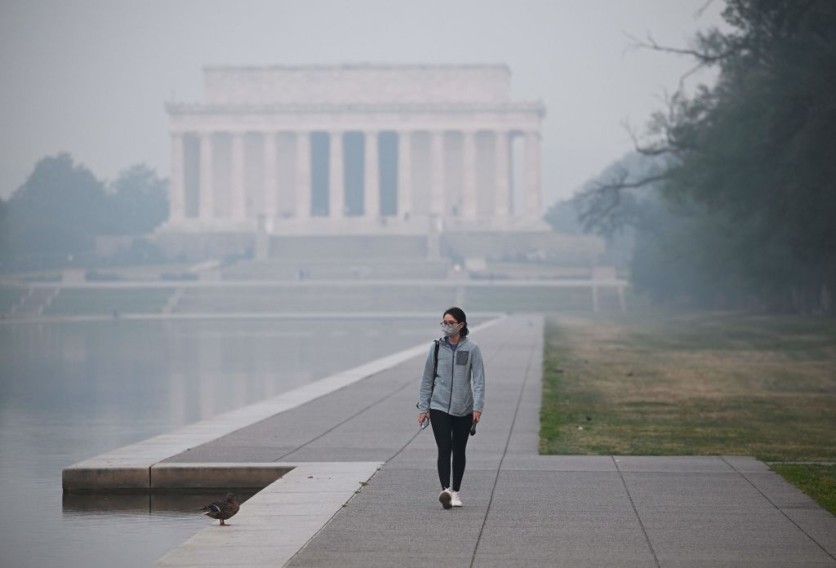The US Supreme Court temporarily blocked the Environmental Protection Agency's (EPA) program to reduce cross-state pollution.
The High Court put the "Good Neighbor Plan" on hold, awaiting lower court proceedings, in response to pleas from Ohio, Indiana, West Virginia, and business organizations disputing the EPA's power, according to a report from The Verge. Five justices supported the stay in Ohio v. Environmental Protection Agency today, while dissenters rejected it.
In the majority decision, Justice Neil Gorsuch cautioned about the EPA's regulatory approach saying, "If anything, we see one reason for caution after another."
Although the plan's blockage is temporary, the move suggests the conservative-leaning US Supreme Court may favor states challenging the EPA's regulatory activities if the case concludes. Air pollutants are transportable; thus, this approach might hinder national air quality initiatives.
Hayden Hashimoto, representing environmental advocacy groups in the litigation, said that the US Supreme Court's action was "in haste" and completely disregarded "public health benefits for communities that are impacted by smog from highly polluting upwind states."
Smog Pose Serious Risks
Coal combustion, fossil fuel combustion, and automobile exhaust emissions emit hazardous gases that generate secondary pollutants in the atmosphere. These pollutants create smog, which is a major environmental and health concern.
Respiratory disorders rise annually with smog. They also cause cardiovascular illness, neurological abnormalities, fetal development concerns, and cancer. Smog outbreaks, especially during the COVID-19 epidemic, worsen these health effects. Moreover, Long-term air pollution exposure can exacerbate the respiratory and cardiovascular impacts of the coronavirus, increasing health risks.
Smog also brings down road visibility, increasing the risk of accidents and cancellation of flights, per a study published in the National Library of Medicine.
Read Also: Scientists Can Now Break Down 'Forever Chemicals' in Water with New Effective Method
To protect adjacent states from industrial emissions, the EPA's Good Neighbor Plan mandates that 23 states reduce them. The expectation is that meeting new national air quality criteria by reducing nitrogen oxides, a smog component, will save lives and hospital visits annually.

Why Do US States Oppose The Good Neighbor Plan?
Some US states and business organizations oppose the concept due to economic and regulatory constraints, but proponents argue that it is necessary to ensure fair pollution control and compliance with national air quality requirements.
In 2022, the EPA rejected the plans of Texas and 20 other states as insufficient. Texas sued the EPA in February, claiming the verdict weakened states' environmental regulation power, according to The Texas Tribune.
The following month, the EPA amended its smog plan to combat national ozone pollution. The government agency said the "good neighbor" initiative will avoid 1,300 premature deaths by 2026 and drastically cut asthma and other respiratory hospital visits.
Texas sued again over the revised plan. The state is not directly involved in the Supreme Court case, but environmental law professor Victor Flatt from Case Western Reserve University in Cleveland, Ohio, noted that the US Supreme Court's decision to temporarily halt the plan could affect lower court legal challenges.
Related Article: Pope Francis Orders Construction of Solar Farm in Controversial North Rome Site to Power Vatican City

ⓒ 2025 TECHTIMES.com All rights reserved. Do not reproduce without permission.




